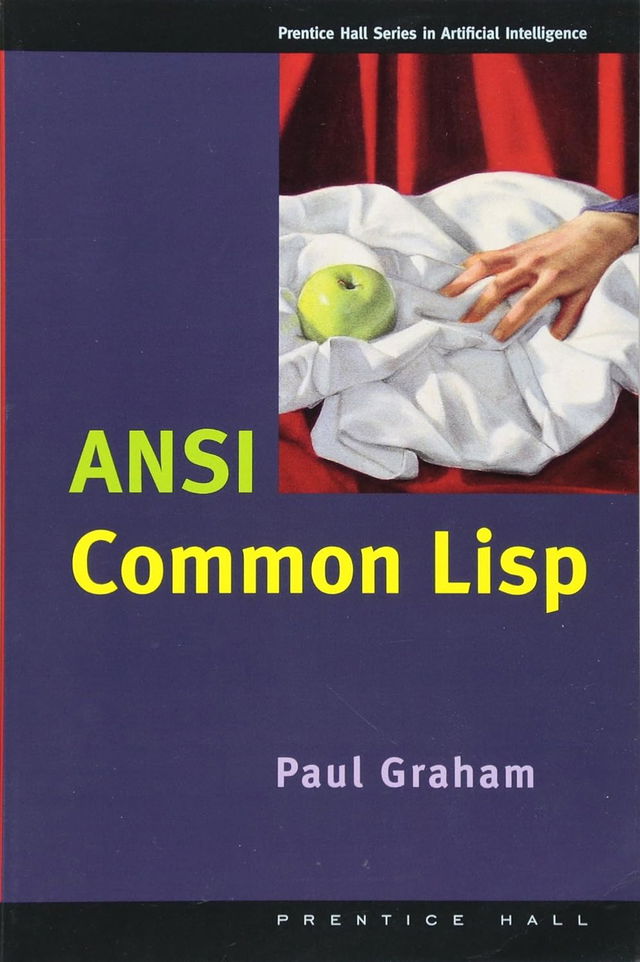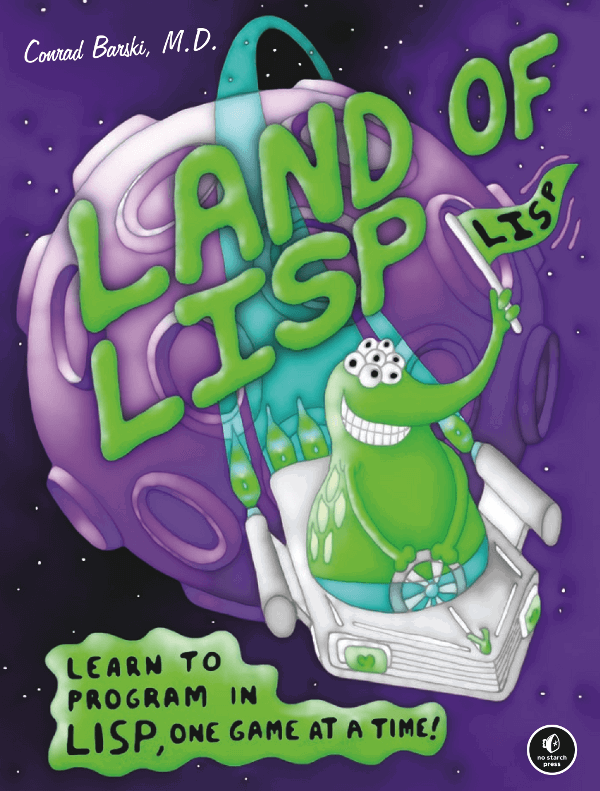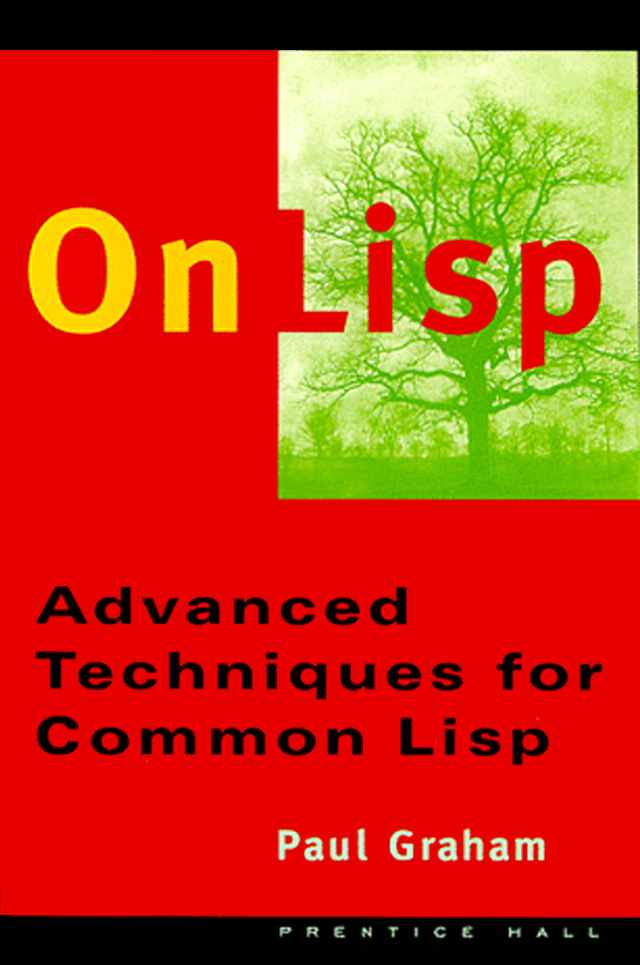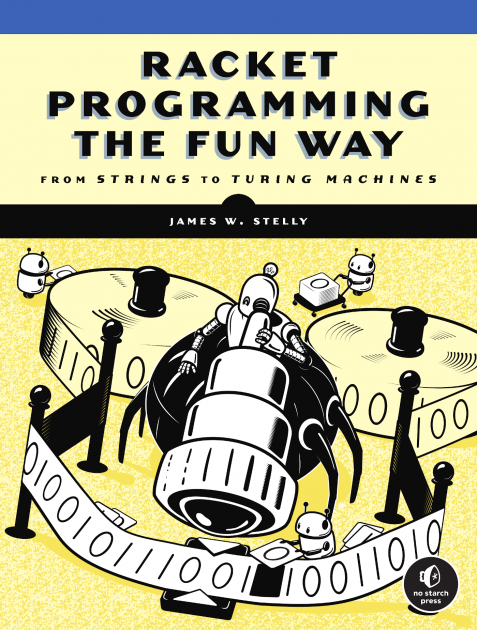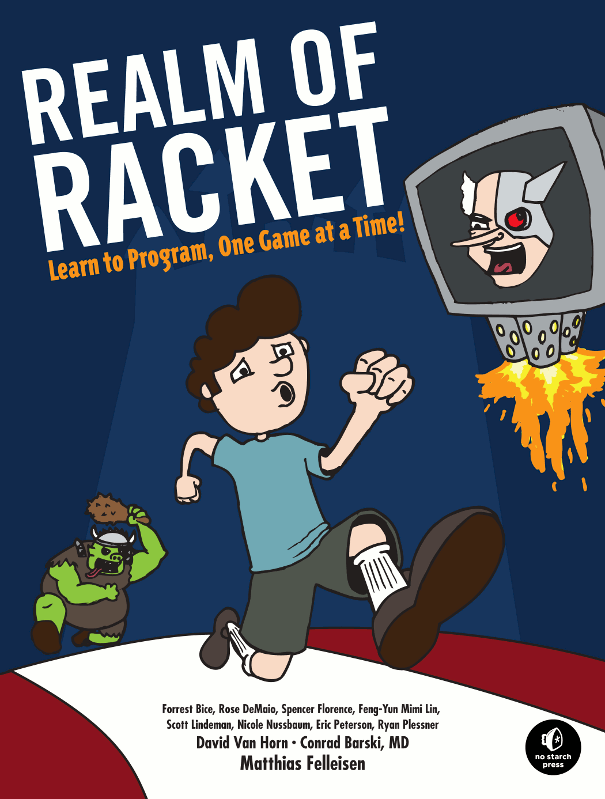ANSI Common Lisp combines an introduction to Lisp programming, and a convenient, up-to-date reference manual for ANSI Common Lisp. Beginners will find that its careful explanations and interesting examples make Lisp programming easy to learn. Professional programmers will appreciate its thorough, practical approach.
FEATURES:
- An up-to-date reference manual for ANSI Common Lisp.
- An in-depth look at object-oriented programming. Explains the Common Lisp Object System (CLOS), and also shows how to write your own object-oriented language.
- Over 20 substantial examples, including programs for ray-tracing, text generation, pattern-matching, logical inference, generating HTML, sorting and searching, file I/O, compression, and date arithmetic.
- Special attention to critical concepts, including prefix syntax, code vs. data, recursion, functional programming, types, implicit pointers, dynamic allocation, closures, macros, class precedence, and generic functions vs. message-passing.
- A complete guide to optimization.
- The clearest and most thorough explanation of macros in any introductory book.
- Examples that illustrate Lisp programming styles, including rapid prototyping, bottom-up programming, object-oriented programming, and embedded languages.
- An appendix on debugging, with examples of common errors.
